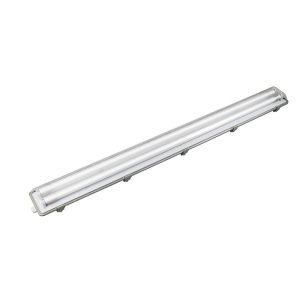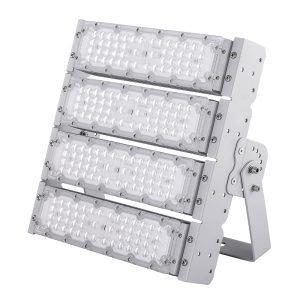LED ceiling light emergency systems have become an integral part of modern building infrastructure, providing both illumination and safety during power outages or emergencies. This article delves into the industry of LED ceiling lights designed for emergency use, exploring their technology, benefits, applications, and future trends.
Introduction to LED Ceiling Light Emergency Systems
LED ceiling light emergency systems are specialized lighting solutions designed to operate independently of the main power supply. They are equipped with rechargeable batteries or generators that kick in automatically when the primary power source fails. These systems are crucial for maintaining visibility in buildings, such as hospitals, schools, and office complexes, during emergencies.
Technology Behind LED Ceiling Light Emergency Systems
The technology behind LED ceiling light emergency systems involves several key components:
1. LED Lights: Light Emitting Diodes (LEDs) are used due to their energy efficiency, long lifespan, and ability to emit bright light. LEDs consume less power than traditional bulbs, which is beneficial for battery life.
2. Rechargeable Batteries: Emergency lighting systems often use lithium-ion or lead-acid batteries for energy storage. These batteries are rechargeable and can provide power for several hours, depending on the system’s design.
3. Battery Management Systems (BMS): BMS ensures that the batteries are charged efficiently and that their lifespan is maximized. It also monitors the battery’s state of charge and prevents overcharging or over-discharging.
4. Automatic Transfer Switch: This switch is responsible for detecting power outages and automatically transferring the lighting system to battery power.
5. Control Systems: Modern emergency lighting systems may include advanced control systems that can integrate with building management systems (BMS) for centralized monitoring and control.
Benefits of LED Ceiling Light Emergency Systems
The adoption of LED ceiling light emergency systems offers several benefits:
1. Energy Efficiency: LEDs are highly energy-efficient, which reduces operational costs and environmental impact.
2. Longevity: LED lights have a significantly longer lifespan compared to traditional bulbs, reducing maintenance and replacement costs.
3. Safety: During emergencies, visibility is crucial for ensuring the safety of occupants. LED emergency lighting provides a reliable source of light, reducing the risk of accidents and injuries.
4. Cost-Effectiveness: Despite the initial higher cost, LED emergency lighting systems offer long-term savings due to their low energy consumption and minimal maintenance requirements.
5. Customization: Emergency lighting systems can be customized to meet specific requirements, such as illuminating exit signs, pathways, or work areas.
Applications of LED Ceiling Light Emergency Systems
LED ceiling light emergency systems are widely used in various settings:
1. Commercial Buildings: Office complexes, shopping centers, and hotels require emergency lighting to ensure the safety of occupants and prevent property damage.
2. Industrial Facilities: Factories, warehouses, and manufacturing plants use emergency lighting to maintain visibility during power outages and to facilitate safe evacuation.
3. Public Buildings: Schools, hospitals, and government buildings are required by law to have emergency lighting systems to comply with safety regulations.
4. Residential Buildings: Multi-family dwellings, such as apartments and condominiums, also benefit from having emergency lighting systems for safety reasons.
5. Outdoor Applications: Emergency lighting systems are used in outdoor areas, such as parking lots, pathways, and stadiums, to ensure visibility and safety during power outages.
Future Trends in LED Ceiling Light Emergency Systems
The industry of LED ceiling light emergency systems is continuously evolving, with several emerging trends:
1. Integration with Smart Building Technologies: Emergency lighting systems are increasingly being integrated with smart building technologies for better control and monitoring.
2. Energy Harvesting: Some systems are now incorporating energy harvesting technologies, such as solar panels, to further reduce reliance on batteries.
3. Wireless Connectivity: The ability to monitor and control emergency lighting systems remotely through wireless technology is becoming more prevalent.
4. Energy Storage Innovations: Advancements in energy storage technology, such as solid-state batteries, may offer longer lifespans and higher energy densities for emergency lighting systems.
5. Regulatory Compliance: As building codes and safety regulations continue to evolve, emergency lighting systems will need to adapt to meet new standards.
In conclusion, LED ceiling light emergency systems play a vital role in ensuring the safety and well-being of building occupants during emergencies. With ongoing technological advancements and increasing regulatory requirements, the industry is poised for further growth and innovation.













Explore More from Queendom Lamp
Stay updated with the latest LED technology, lighting solutions, and industry insights.
Request a Quote About Queendom